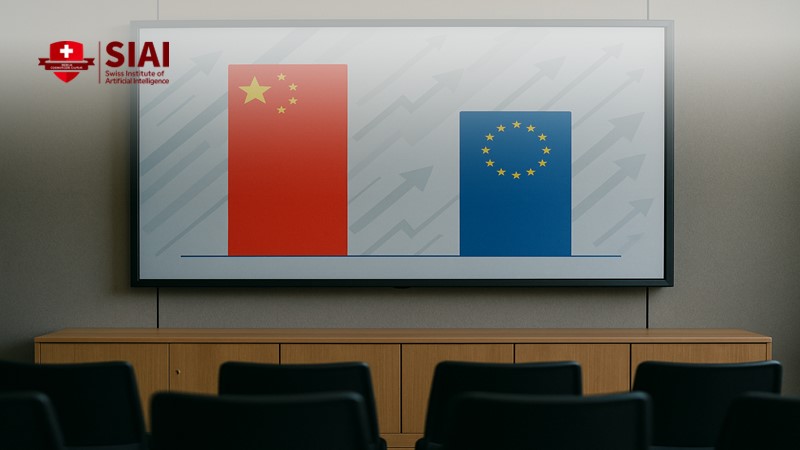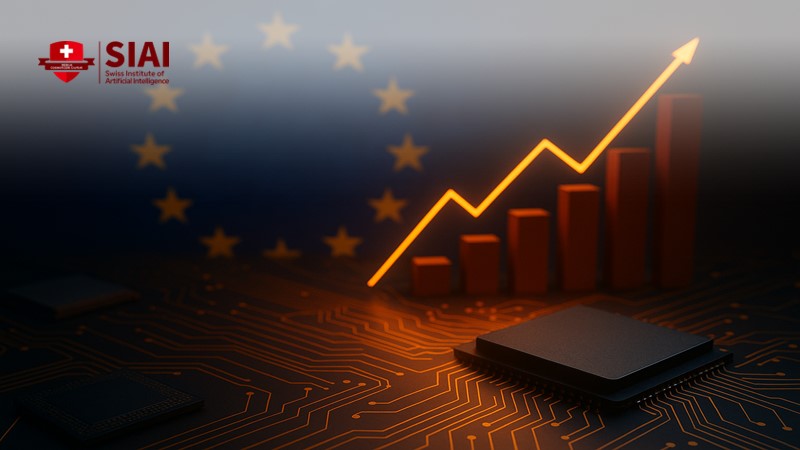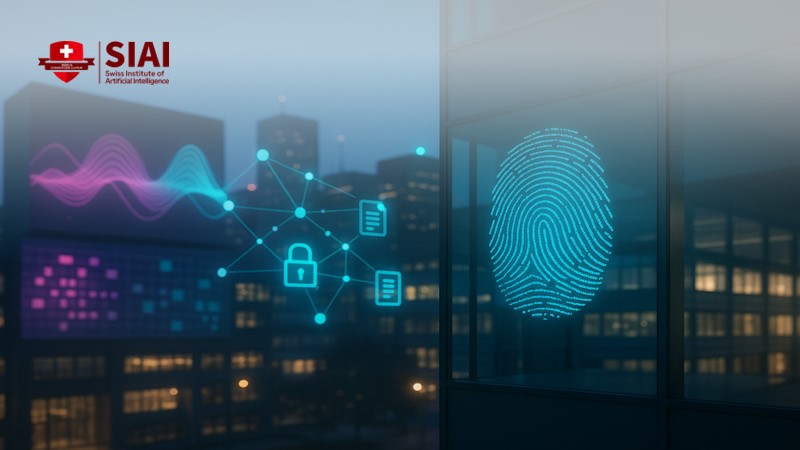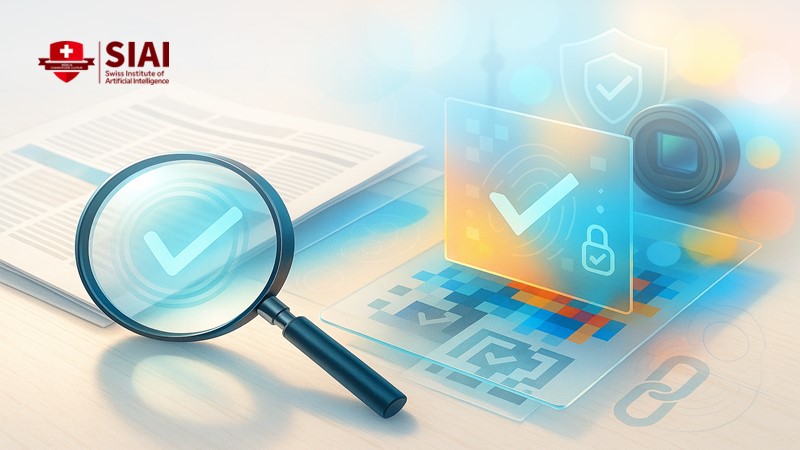Tech


Chinese EVs are cheaper due to scale, supply chains, and subsidies Targeted EU tariffs and price floors correct subsidy-driven undercutting Link trade defense to localization, skills, and investment to protect competitiveness
Read More
Factory tours scaled US–Japan know-how Aerospace: from licenses to composite wings Open collaboration with firm research security In the late 1950s and early 1960s, 400 to 500 Japanese firms sent managers on organ
Read More
Europe lags by scale, not ideas: U.S.
Read More
Trump’s tariffs are driving factories and capital from China into Southeast Asia ASEAN is gaining ground in high-tech exports and global manufacturing Education and skills will decide whether this shift creates lasting, quality jobs
Read More
The US funds fabs but lacks skilled workers Asian firms plug gaps with temporary foreign technicians Real fix: serious US semiconductor workforce training The fight for factory jobs in the United States has become a struggle
Read More
EU digital regulation simplification will shape Europe’s tech power Fragmented rules now act as an uncertainty tax on digital innovators The article urges clear, one-stop rules that turn high standards into an advantage.
Read More

Publicity is now a measurable asset, not just awareness AI “digital doubles” and new laws make identity portable, licensable, and enforceable Schools should value identity with attention-adjusted EMV and share revenue transparently
Read More

Japan’s equity play in African venture capital builds firms and skills The gap is stark: $57.1B BRI (H1-2025) vs $2.2B Africa VC equity (2024), with 31% still debt Link universities, co-investment rules, and procurement to crowd in patient equity and scale export-ready startups
Read More

U.S. spin-off narrows feeds Students lose global views Mandate diversity metrics, open datasets TikTok reaches millions of Americans every day, and a significant number are students. In 2024, Pew found that 58% of U.S.
Read More

Quantum Echoes delivered a verified 13,000× speedup, elevating quantum chaos education Curricula should pivot from qubit counts to competence in echoes, OTOCs, and noise Fund teacher PD, simple cloud labs, and artifact-based assessment
Read More
China’s soft power problem is monetization, not creativity Shift incentives to export outcomes, licensing, and private experimentation Let partners localize, focus on proven genres, and flip the IP receipts–payments gap Chi
Read More
Learning spreads through educator networks Eigenvector centrality pinpoints the hubs to seed first Targeting those hubs speeds recovery systemwide Seventy percent of 10-year-olds in low- and middle-income countries still canno
Read More
AI tongue diagnosis turns a centuries-old check into fast, cheap triage With phones and clear protocols, it flags likely risks for confirmatory tests Deploy in primary care with consent, calibration, and monitoring to scale safely
Read More

Germans distrust AI-made news but reward transparent, human-led outlets Trust grows when provenance and labeling are clear EU rules now make this transparency mandatory A striking number tells the story.
Read More










